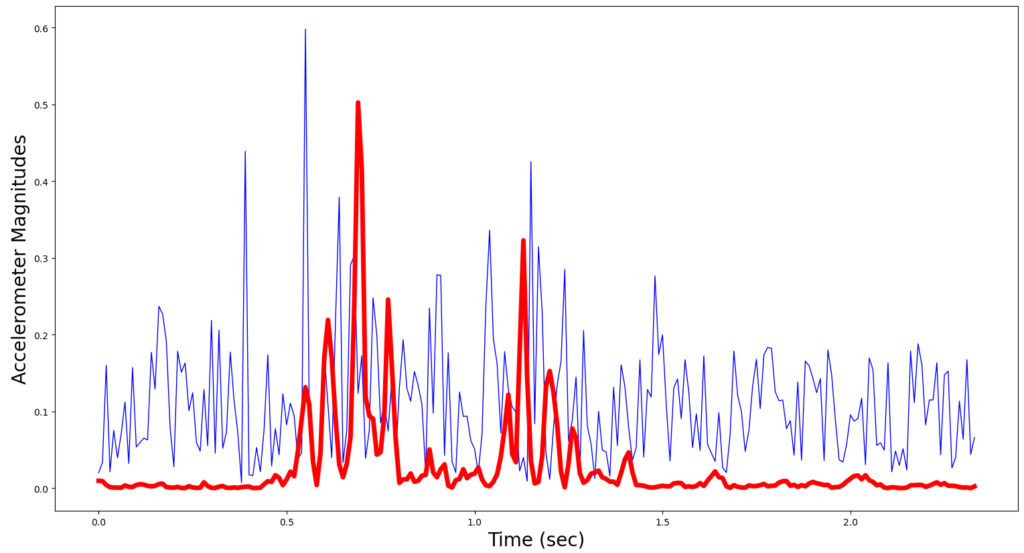The Digital Signal Processing (DSP) research group at the Department of Electrical and Electronic Engineering, Stellenbosch University recently published their research on deep neural network-based cough detection using bed-mounted accelerometer measurements. In this work, the researchers demonstrate that it is possible to reliably detect a patient’s cough from vibrations generated by the patient’s movements on the bed.
Coughing is defined as the “forceful expulsion of air to clear up the airway and a common symptom of respiratory disease.” Coughing is a distinctive symptom and physicians use it for clinical diagnosis and health monitoring. It is an essential indicator when diagnosing and monitoring hundreds of respiratory diseases including but not limited to tuberculosis, asthma, and pertussis.
Machine learning algorithms can be applied to extracted features from cough sounds to automatically detect and classify coughs. This has also been shown to be possible by using the signals from an accelerometer that is placed on a patient’s body. Since the accelerometer is impervious to environmental and background noise, it can be used alongside other sensors such as microphones, ECG and thermistors.
Background to the research
The data used in this research was collected at a small 24h TB clinic near Cape Town, South Africa, which can accommodate approximately 10 staff and 30 patients. Each ward could accommodate up to four patients at one time. Cough detection was performed on this sample based on measurements from an accelerometer attached to each patient’s bed. This method is less invasive than body-attached accelerometer sensors and it also avoids privacy concerns as would be the case when using audio for cough detection. The researchers compiled a manually annotated dataset containing the acceleration signals of approximately 6 000 cough and 68 000 non-cough events from 14 adult male patients.” Convolutional neural networks (CNN), long-short-term-memory (LSTM) networks, and a residual neural network (Resnet50) were considered as classifiers.
Recording process
A plastic enclosure housing an inexpensive smartphone running data gathering software is attached to the headboard of each bed. The audio signal from the external microphone was also monitored but only used to annotate the acceleration signal.

Conclusion and future work
A deep neural network-based cough detector can accurately differentiate between the accelerometer measurements caused by coughing and those owing to other movements such as sneezing, throat-clearing and movement in the bed. The research concluded that high-accuracy cough monitoring based only on measurements from the accelerometer in a consumer smartphone is possible. Although accelerometer-based detection of coughing has been considered before, it has always made use of patient-worn sensors which can be intrusive and inconvenient. The proposed approach presents a less intrusive method of cough monitoring, which can be of practical use when monitoring the recovery process of patients. It is more discreet and also a more cost-effective alternative to traditional cough monitoring. In ongoing work the researchers are continuing to optimise the classifier and investigating the fusion of audio and accelerometer measurements to further improve cough detection results.

The research upon which this summary is based has been accepted for publication and presentation at ICASSP 2021. A preprint
is available at here.





